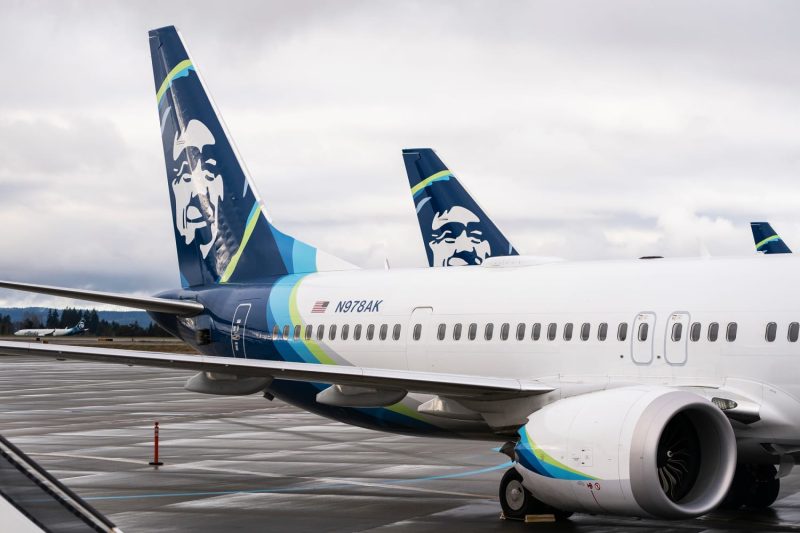The recent incident of a mid-air door panel blowout on an Alaska Airlines flight has caused shock and concern among passengers and authorities alike. While aviation mishaps are relatively rare, the gravity of this event has prompted swift legal action, with passengers filing a lawsuit against Boeing and Alaska Airlines for a staggering $1 billion in damages. This incident raises crucial questions about aircraft safety, responsible maintenance practices, and the legal liabilities involved.
The plaintiffs in the lawsuit allege negligence on the part of Boeing and Alaska Airlines, claiming that the blowout of the door panel was a result of substandard maintenance and inadequate safety checks. Such accusations are serious and have significant implications for both the companies involved and the broader aviation industry. Safety is paramount in air travel, and any lapses can have catastrophic consequences.
Boeing, as a leading aircraft manufacturer, operates under strict regulations and standards to ensure the safety and reliability of its aircraft. Any oversight in the manufacturing process or in after-sales maintenance can lead to disastrous outcomes, as witnessed in the Alaska Airlines incident. The lawsuit contends that Boeing failed to uphold its duty to deliver safe and airworthy aircraft, thereby putting passengers’ lives at risk.
Alaska Airlines, on the other hand, is responsible for the maintenance and operation of its fleet. The lawsuit raises questions about the airline’s maintenance procedures, training protocols, and overall commitment to passenger safety. Maintaining aircraft in top condition is not just a regulatory requirement but a moral obligation that airlines must uphold to protect the lives and well-being of their passengers.
As the legal proceedings unfold, it is essential for all parties involved to cooperate fully in the investigation and resolve any issues that contributed to the mid-air door panel blowout. Transparency, accountability, and a commitment to improving safety standards are crucial in restoring passengers’ trust in the aviation industry.
The $1 billion lawsuit serves as a stark reminder of the consequences of negligence in the aviation sector. While accidents can happen, it is imperative for all stakeholders to learn from such incidents and take proactive measures to prevent similar occurrences in the future. Stricter safety regulations, enhanced training programs, and rigorous maintenance checks are some of the steps that can be taken to safeguard passengers’ lives and ensure the integrity of the aviation industry.
In conclusion, the lawsuit filed against Boeing and Alaska Airlines following the mid-air door panel blowout underscores the importance of upholding safety standards in the aviation industry. Passenger safety should always be the top priority, and any lapses in this regard must be addressed promptly and effectively. As the legal process moves forward, the focus should be on accountability, transparency, and continuous improvement to prevent such incidents from happening again.

